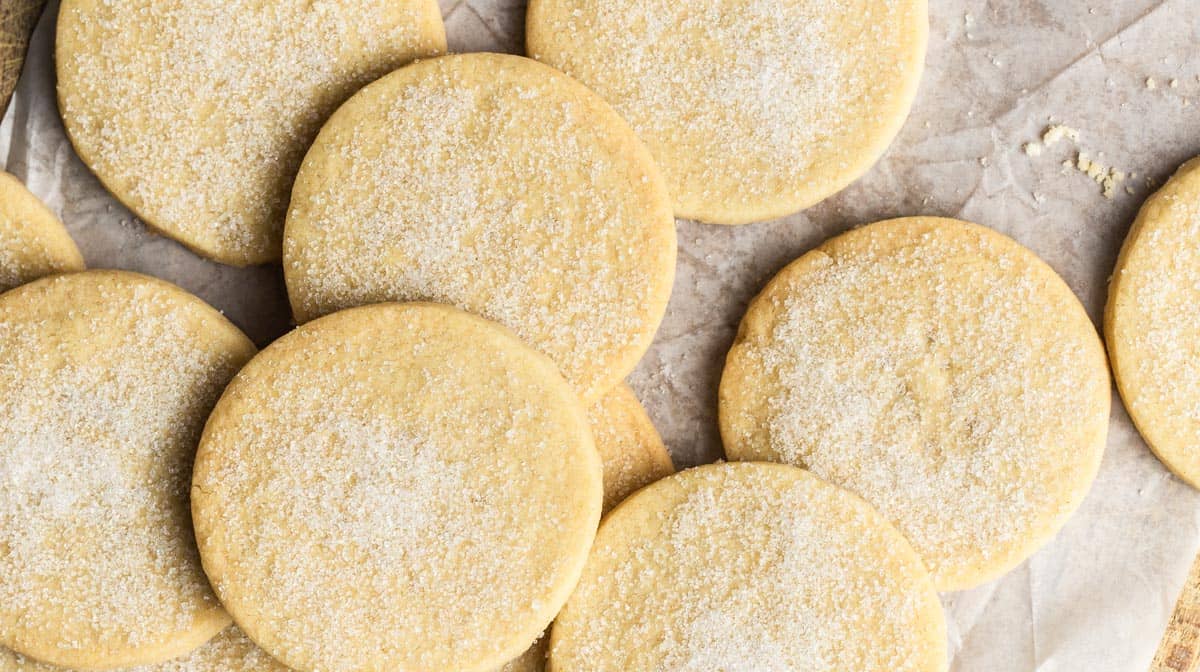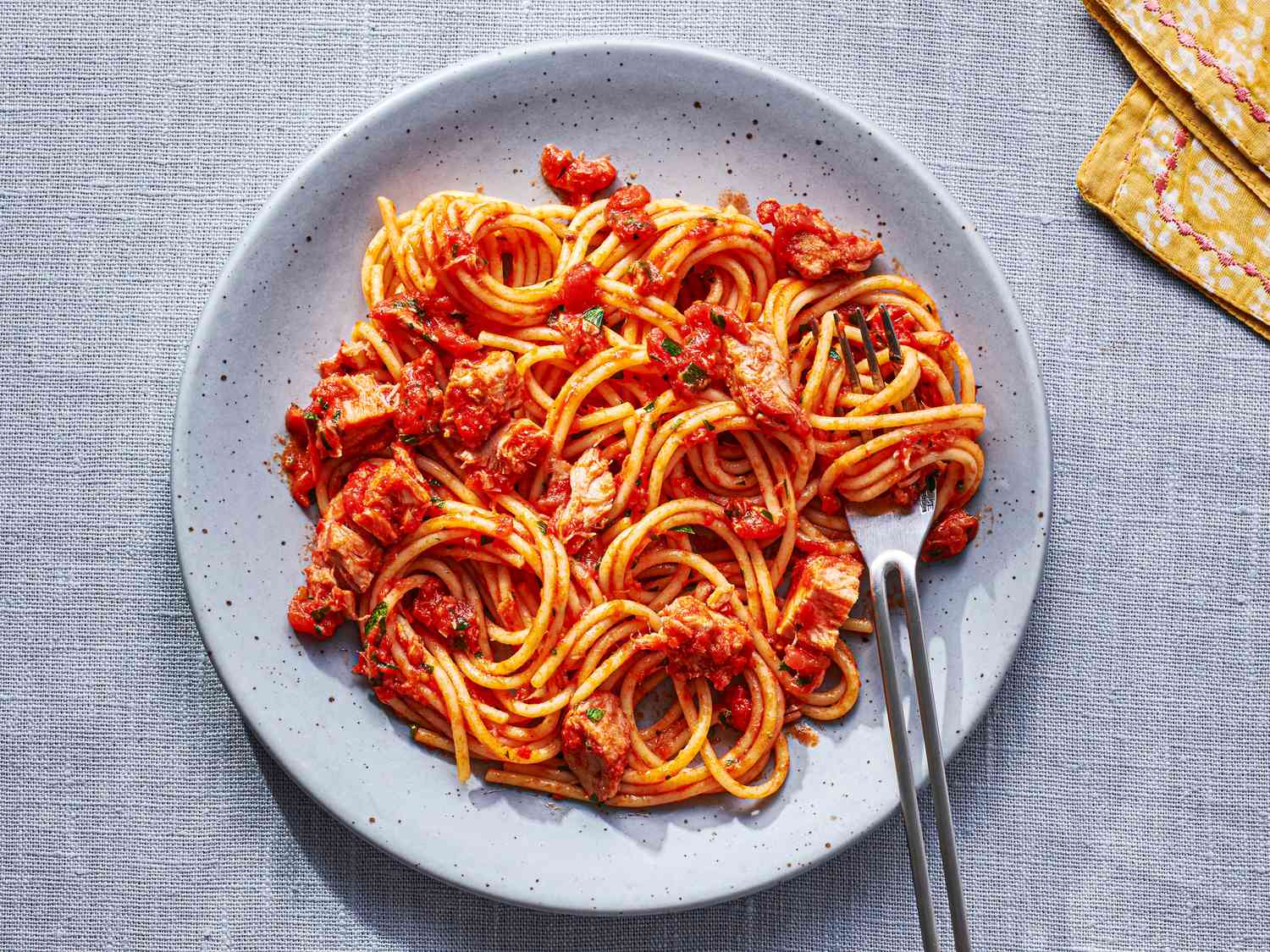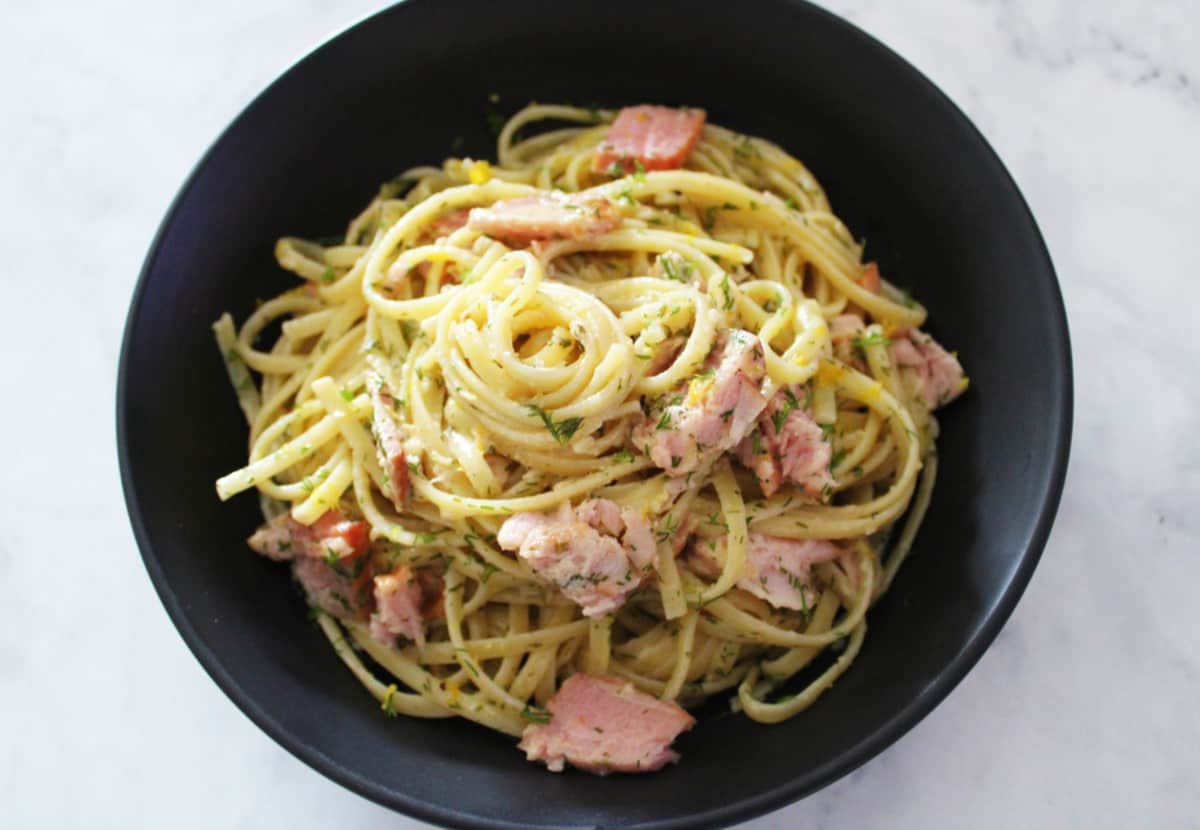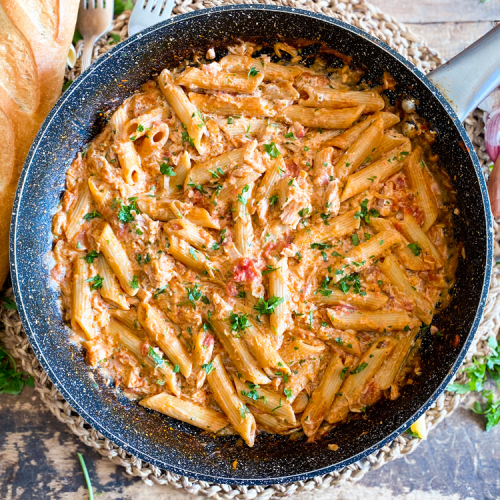Indulge in the buttery perfection of homemade shortbread with this simple and delightful recipe. Shortbread, a classic Scottish treat, is known for its rich and crumbly texture that melts in your mouth. With just a few basic ingredients, you can create a timeless and delicious treat that’s perfect for any occasion.
Here is a Quick Recipe:
- Preheat oven to 350 -375 °F(180°C).
- Cream together butter and sugar.
- Mix in flour and salt until crumbly.
- Press into a 9-inch round pan.
- Bake for 25-30 minutes until the edges are golden.
- Cool, then cut into pieces.
Get ready to savor the simplicity and sweetness of homemade one with this tried-and-true recipe. Keep Reading for more details.
What Makes It Known As Shortbread?
Shortbread is a type of buttery and crumbly cookie that’s simple and delicious. It’s made with basic ingredients like butter, sugar, and flour. Shortbread gets its name because these cookies have a soft, crumbly texture that easily melts in your mouth. The word “short” is just a way to describe cookies and pastries with this kind of tender texture. Achieving this delicate, buttery texture might sound fancy, but it’s actually super easy.
What is the history of Shortbread?
Shortbread has an interesting history! Originally, it wasn’t quite like the shortbread we know today. The earliest versions had yeast, were more savory, and included various additional ingredients. An 18th-century Scottish cookbook by Mrs. Frazer provides a glimpse into one of these historical recipes.
Moreover, in the Shetland Islands, they had a unique tradition where a cake made from scone or shortbread dough was broken on the head of a bride as she entered her new home. If the cake shattered into many pieces, it was believed to bring good luck for a happy marriage. Even finding a piece of the cake on the floor was considered fortunate!
So, it has evolved over time, and its history includes both different recipes and quirky traditions tied to celebrations like weddings.
How To Make Shortbread?
Ingredients
With 340 grams (2 ¾ cups) of all-purpose flour, 113 grams (1/2 cup) of sugar, and 227 grams of softened salted butter (or unsalted with a pinch of salt), this shortbread recipe promises a delightful treat. Don’t forget a sprinkle of extra sugar on top!
Equipment
- Choose bowls in various sizes for mixing the ingredients. Stainless steel or glass bowls are commonly used.
- An electric mixer makes creaming butter and sugar easier, but a wooden spoon works well for those who prefer hand mixing.
- Select a durable and appropriately sized pan for baking your shortbread. A standard square or rectangular pan is often used.
- Line the baking pan with parchment paper or use a greasing method to prevent it from sticking to the pan.
Preparation Steps for Shortbread:
Shaping and Cutting Shortbread:
- Gather the shortbread dough and shape it into a flattened disk. This aids in even rolling and ensures uniform thickness.
- On a lightly floured surface, use a rolling pin to roll out the dough to the desired thickness. Aim for a consistent.
- Use cookie cutters, a sharp knife, or a pastry wheel to cut the rolled-out dough into your preferred shapes. Traditional shapes include squares, rectangles, or rounds.
- For a classic appearance, use a fork to prick the surface of the dough. This not only adds a decorative touch but also helps prevent the shortbread from puffing up during baking.
Baking Shortbread
- Bake in the preheated oven for 25 to 30 minutes
- Keep a close eye on the shortbread during baking. Look for a light golden color around the edges. The center should be set but still pale. Avoid over-browning to maintain a delicate texture.
- Once baked, allow it to cool in the pan for a few minutes before transferring it to a wire rack. This prevents it from breaking and helps it set properly.
Serving and Storage of Shortbread
- Transfer the cooled shortbread to a serving plate or platter. Dust with powdered sugar or drizzle with chocolate for a decorative touch. Consider garnishing with chopped nuts or edible flowers.
- Storing Shortbread:
- Room Temperature Storage:
- Store shortbread in an airtight container at room temperature for up to a week. Use parchment paper or wax paper between layers to prevent sticking.
- Freezing for Longer Shelf Life:
- Shortbread freezes well. Wrap individual pieces or the entire batch tightly in plastic wrap or aluminum foil. Place in a sealed freezer bag. Label with the date and freeze for up to 2-3 months.
- If stored in the refrigerator or freezer, allow the shortbread to come to room temperature before serving. Optionally, you can warm it in a low-temperature oven for a few minutes.
Variations and Tips for Perfect Shortbread
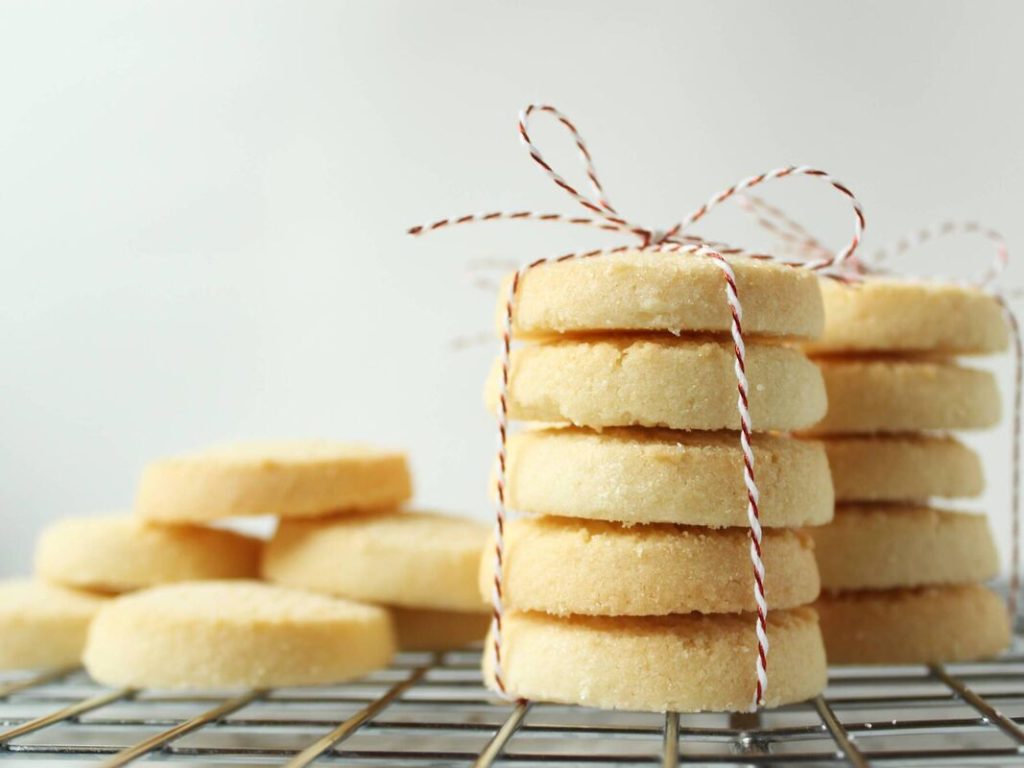
- Experiment with different flavorings to customize your shortbread. Consider adding citrus zest, cinnamon, or even a hint of lavender for unique and delightful variations.
- For a crisper one, roll the dough thinner before cutting. If you prefer a softer shortbread, keep the dough slightly thicker. Adjusting the baking time can also impact the final result.
- Elevate it by incorporating add-ins such as chopped nuts, dried fruit, or chocolate chips. These additions not only enhance flavor but also provide a delightful texture.
- Cream the butter and sugar thoroughly but avoid overmixing once the flour is added. Overmixing can lead to a tougher it. Mix until just combined for a tender, crumbly texture.
- Consider chilling the dough before rolling and cutting. This can make it easier to handle and helps the shortbread maintain its shape during baking.
- If it is too crumbly, it may need more mixing. If it’s too tough, you might have overmixed the dough. Adjust accordingly in your next batch.
FAQ’s
What is the origin of this Shortbread Cookie Recipe?
This Shortbread Cookie Recipe comes directly from Scotland, ensuring authenticity and a true taste of Scottish shortbread.
Why is it referred to as a “cookie” in the title?
The term “cookie” is reluctantly used, as Scots traditionally consider shortbread to be in a class of its own. The post explains the reason behind this classification.
Is Shortbread Scottish or Irish?
Shortbread is unequivocally Scottish, firmly rooted in its origin, history, and cultural significance in Scotland.
Why is Scotland renowned for Shortbread?
Scotland is famous for shortbread because it is the birthplace of this delectable treat. The country’s rich buttery shortbread recipe is well-known and widely celebrated.
What occasions is Shortbread associated with in Scotland?
Shortbread is a traditional treat for Hogmanay (New Year’s Eve) in Scotland. It is suggested to make a double batch for Christmas and New Year’s celebrations.
What beverages pair well with Shortbread?
Shortbread pairs perfectly with two beverages: tea and Scotch whisky. The post highlights the tradition of enjoying shortbread with tea, but whisky is also a popular choice.
How does Shortbread differ from Sugar Cookies?
While Shortbread and Sugar Cookies may look similar, Sugar Cookies are typically lighter and sweeter due to the inclusion of eggs and leavening agents. Shortbread tends to be denser and has a more buttery flavor.
Can you make Dairy-Free Shortbread?
Yes, you can make dairy-free shortbread by using alternatives like coconut oil. The post recommends trying pistachio shortbread cookies with coconut oil for a delicious vegan alternative.
Can I use salted butter in this Shortbread Recipe?
Yes, salted butter can be used, but it’s advised to omit the extra salt. The post explains the preference for unsalted butter in recipes to ensure consistent results across different butter brands.
What is the key to making good shortbread?
The key to good shortbread lies in using the right ingredients, especially high-quality butter and caster sugar. When mixing, be cautious not to over-process the dough; it should be crumbly.
Does butter need to be cold for shortbread?
No, butter doesn’t need to be cold for shortbread. If not softening the butter, rub it into the other ingredients instead of mixing it into the sugar.
Why are fork holes put in shortbread?
Fork holes are created to allow moisture to escape during baking, ensuring even cooking. This contributes to the desired ‘short’ texture—crumbly with a melt-in-the-mouth feel.
Why chill shortbread dough before baking?
Chilling the dough before baking helps the shortbread maintain its shape. It reduces spreading in the oven, especially important for individually baked biscuits.
Is shortbread cut when hot or cold?
Both work, depending on the desired outcome. Cutting before baking is common with a biscuit cutter, but for slab-shaped shortbread, you can score it hot and cut it after cooling for crisp edges.
Why do some shortbread recipes use different oven temperatures?
Individual biscuits require a higher oven temperature to quickly set the shape and prevent spreading. Slab-shaped shortbread can use a lower temperature for a paler color, with a longer cooking time.
How do you know when shortbread is ready?
Shortbread is ready when it achieves a pale golden-brown color. This indicates that it has reached the desired level of doneness.
Final Words
In conclusion, crafting the perfect shortbread is a delightful balance of simplicity and precision. The authentic Scottish shortbread recipe presented here captures the essence of this timeless treat. From the careful choice of high-quality ingredients to the artful mixing process, each step contributes to the creation of a crumbly, buttery masterpiece.
Further, whether enjoyed during festive occasions or as a comforting everyday indulgence, this shortbread recipe encapsulates the rich tradition and unmatched flavor that makes it a beloved classic.
Remember, the secret lies in the details from the right amount of mixing to the finesse of fork pricks and the golden hue of the final bake. May it endeavors be a joyous celebration of this age-old culinary delight!







